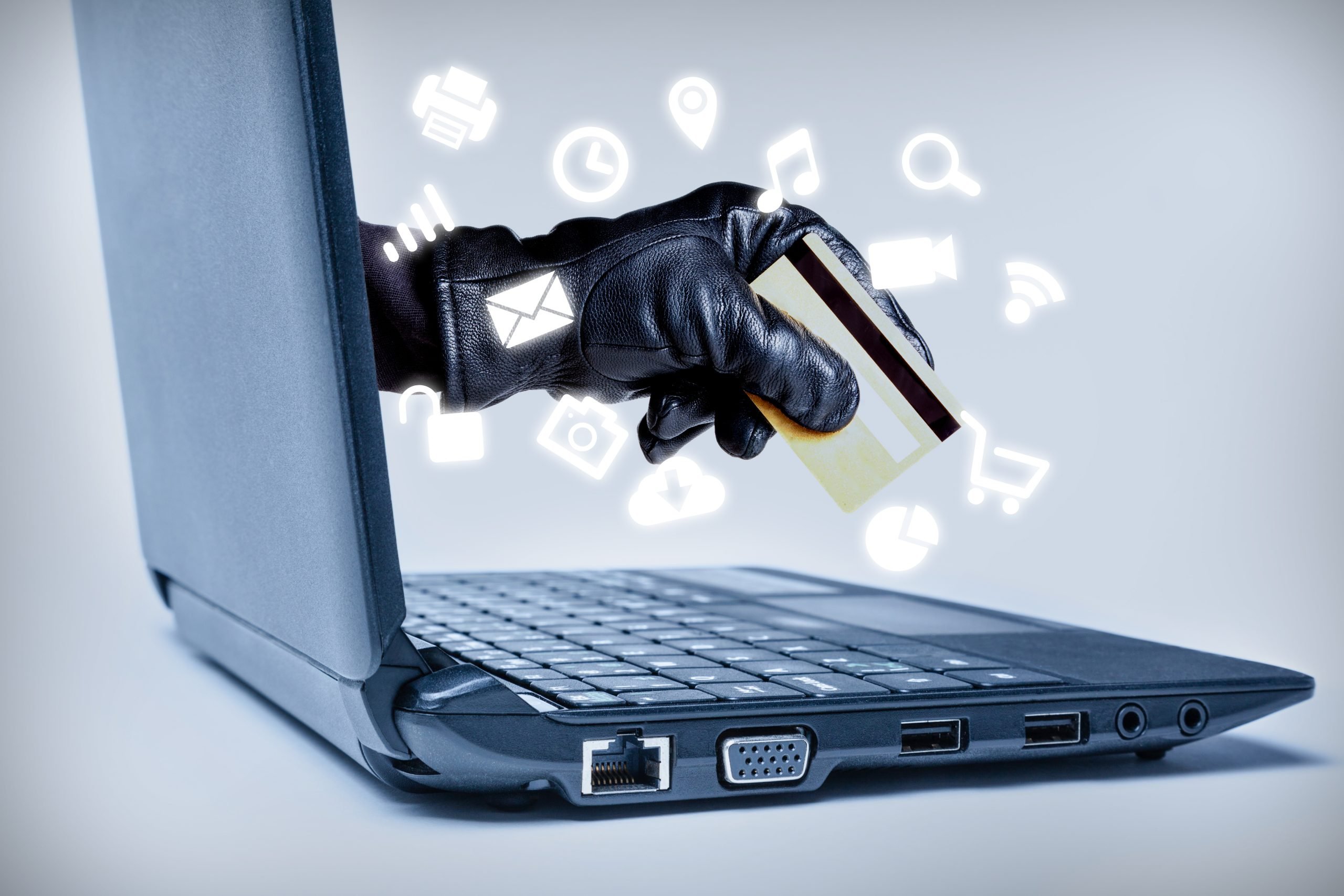What Is Credit Card Fraud?
Short Answer - Credit card fraud is when someone uses your credit card or card details without permission to make unauthorised purchases or steal money.

Credit cards offer unmatched convenience in our financial lives, from shopping and dining to online subscriptions and emergency expenses. But with this ease also comes a significant risk: credit card fraud. As more transactions shift to digital platforms, incidents of credit card misuse have become increasingly common, affecting millions worldwide.
Let's understand what credit card fraud is and why keeping track of your credit report and score is crucial in staying financially secure.
Understanding Credit Card Fraud
Credit card fraud refers to the unauthorised use of a person’s credit card or credit card details to make purchases or withdraw money. In many cases, the cardholder is unaware until they notice unexpected transactions in their statement, or worse, discover a drop in their credit score while reviewing their credit report.
This is why it's essential to check your credit score regularly. A sudden change in your credit score could be a fraudulent activity on your credit account. By staying proactive and aware, you can spot issues early and take action before the situation worsens.
Types of credit card fraud
There are several types of credit card fraud, each requiring a different level of caution and response. Being aware of them can help you better protect your finances:
- Lost or stolen card fraud: This is one of the most common forms of credit card fraud. If your card is lost or stolen, someone may use it to make purchases before you realise it and report it.
- Card-not-present fraud: This occurs mostly during online transactions, where the physical card isn’t needed. A fraudster only needs your card number, expiry date, and CVV to misuse your card.
- Phishing: Fraudsters send fake emails or messages pretending to be from legitimate banks or financial institutions to trick you into sharing your credit card details.
- Skimming: Skimmers are illegal devices attached to ATMs or card readers that capture the data stored on your credit card’s magnetic strip.
- Account takeover: When someone gains access to your credit card account, they can change your account information, request a new card, or start making unauthorised transactions.
- Application fraud: Someone uses stolen or fake identity information to apply for a credit card in your name.
Understanding these types helps in quick credit card fraud detection. If you know what to watch out for, you’ll be more equipped to respond swiftly and protect your credit standing.
Why regular credit monitoring is crucial
While technology has made financial transactions seamless, it has also made fraud detection more complex. That’s why it's essential to stay one step ahead by checking your credit activity often.
When you check your credit score and review your credit report regularly, you're more likely to catch unusual patterns, such as new credit accounts you didn’t open, missed payments you didn't make, or a sudden drop in your score. All these could point to credit card fraud.
By checking your report at least once every three months, or before applying for a new loan or credit card, you’ll be better positioned to maintain a healthy credit profile and take action against any fraudulent activity.
What to do if you detect credit card fraud
If you come across suspicious activity on your credit card. Here’s what you should do:
1. Report the fraud immediately
Contact your credit card provider and inform them about the suspicious transaction. Most banks offer 24/7 customer service to handle such issues promptly.
2. Block or freeze your card
To prevent further misuse, ask your bank to temporarily freeze or block the card. Many banks now let you do this instantly via mobile apps or online banking portals.
3. File a credit card dispute
If the transaction has already gone through, initiate a credit card dispute. Your issuer will investigate and may reverse the charge after confirming that it was unauthorised.
4. Lodge a complaint
File a written complaint with your bank. You may also report the incident to your local cybercrime cell or financial authority, depending on the seriousness of the fraud.
5. Monitor your credit
After a fraud incident, it’s wise to check your credit report more frequently for the next few months. Look for any new accounts or inquiries you did not authorise.
How to prevent credit card misuse?
Preventing credit card misuse is easier when you follow a few simple but effective practices:
- Never share card details: Avoid sharing your card number, OTP, or CVV—even with people you trust.
- Use secure networks: Don’t access your banking or credit card accounts over public Wi-Fi.
- Set transaction alerts: Enable SMS or email alerts for every transaction, no matter how small.
- Secure your devices: Use passwords and keep antivirus software updated to prevent malware that can steal card information.
- Regularly check credit score and reports: This cannot be stressed enough. Being proactive helps you catch fraud before it causes significant harm.
Platforms like CRIF High Mark make it easy to check your credit report and score online in just a few minutes. You can track your credit activity and ensure everything on your report is accurate.
Read More: How often should you check your credit report?
Conclusion
Credit card fraud is an unfortunate but real part of today’s digital landscape. But by staying informed, practicing caution, and keeping an eye on your credit report, you can significantly reduce the risk.
Make it a habit to check your credit score and review your credit report regularly. Early credit card fraud detection not only protects your finances but also helps you maintain a healthy credit history in the long run.
.
